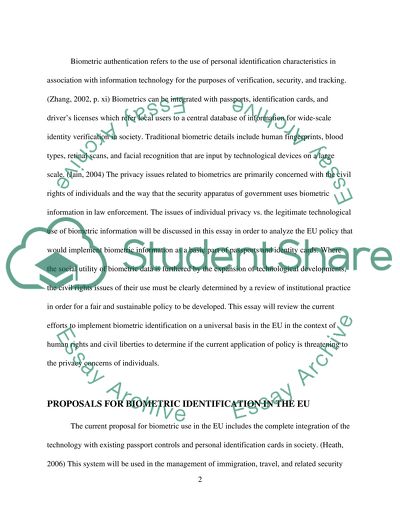Cite this document
(The Current Efforts to Implement biometric Identification Case Study, n.d.)
The Current Efforts to Implement biometric Identification Case Study. Retrieved from https://studentshare.org/technology/1578598-buometric-id-system-in-europ
The Current Efforts to Implement biometric Identification Case Study. Retrieved from https://studentshare.org/technology/1578598-buometric-id-system-in-europ
(The Current Efforts to Implement Biometric Identification Case Study)
The Current Efforts to Implement Biometric Identification Case Study. https://studentshare.org/technology/1578598-buometric-id-system-in-europ.
The Current Efforts to Implement Biometric Identification Case Study. https://studentshare.org/technology/1578598-buometric-id-system-in-europ.
“The Current Efforts to Implement Biometric Identification Case Study”. https://studentshare.org/technology/1578598-buometric-id-system-in-europ.


